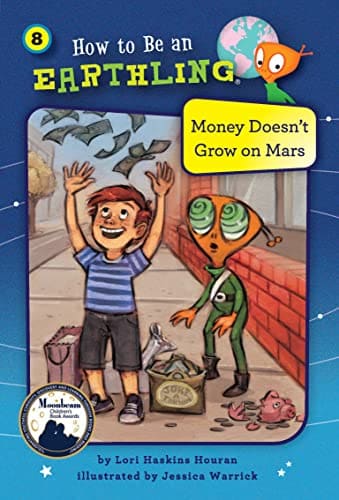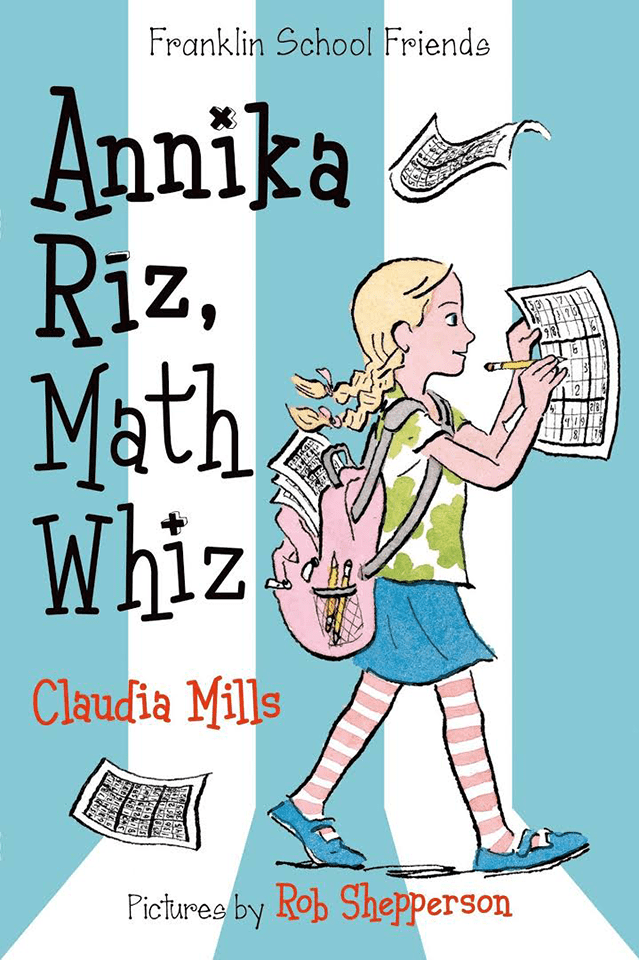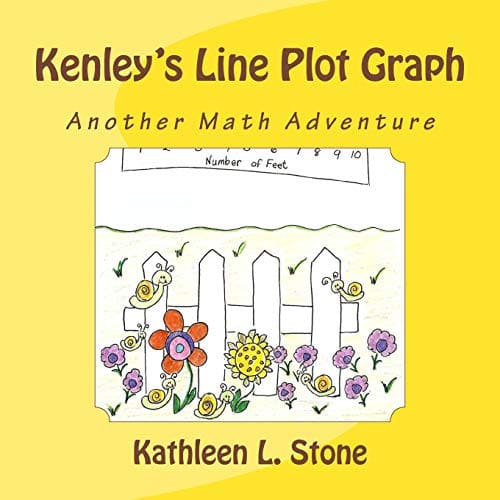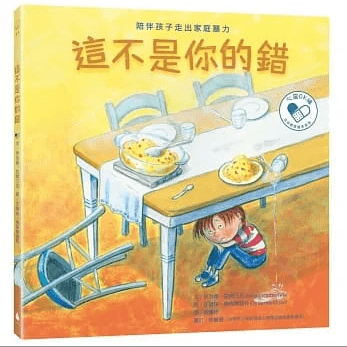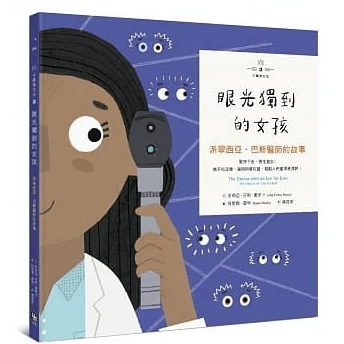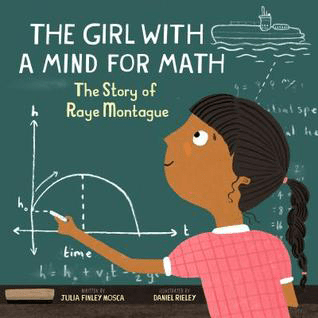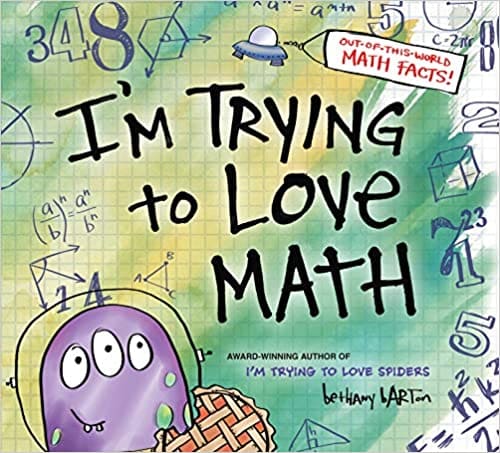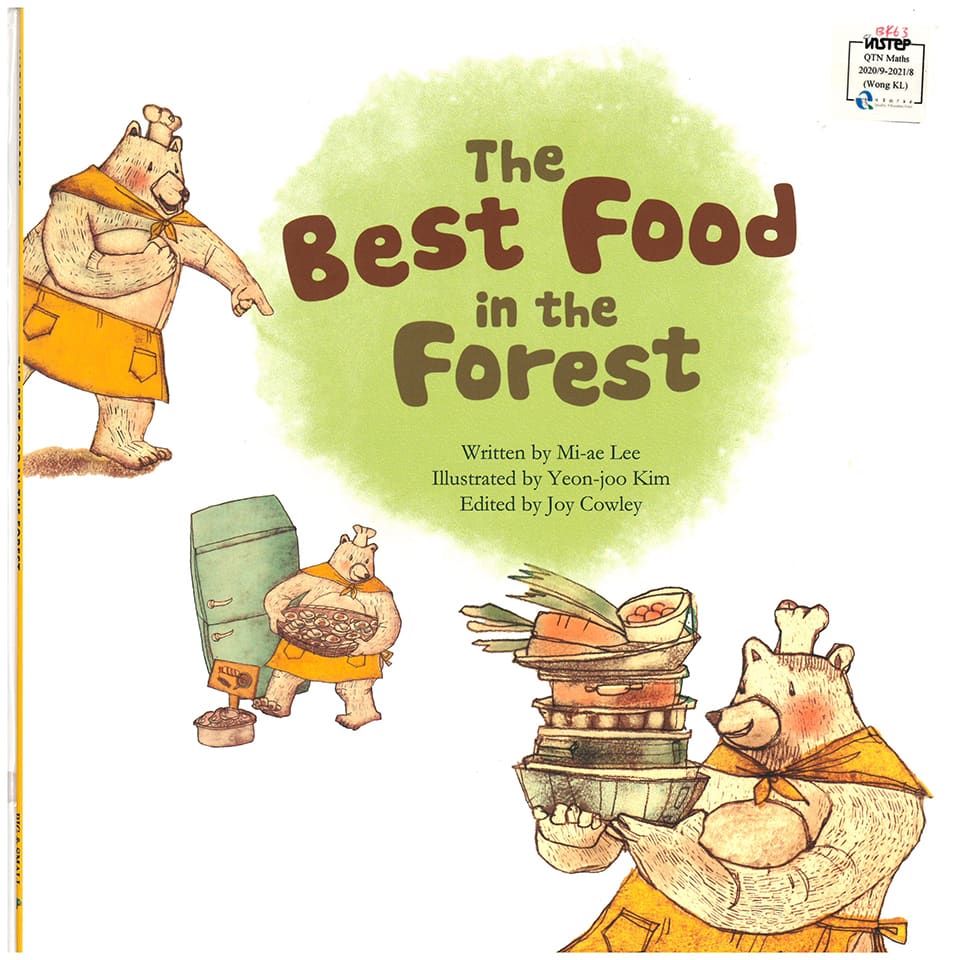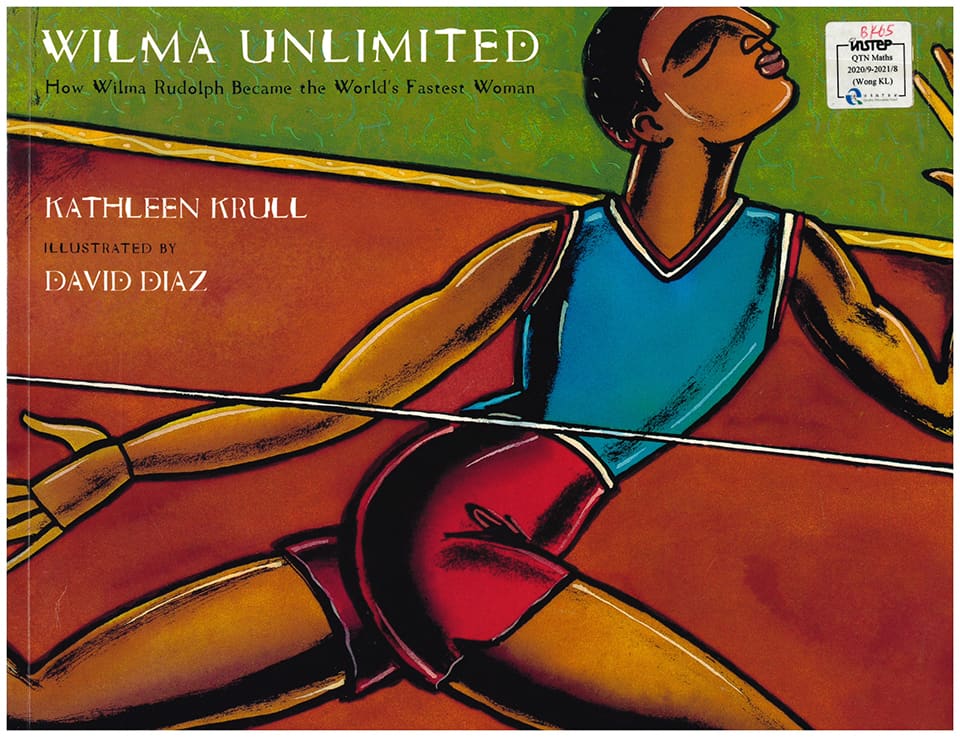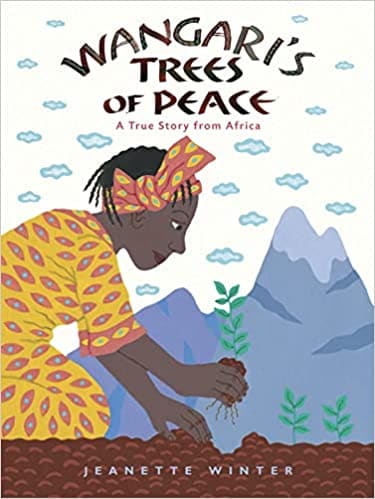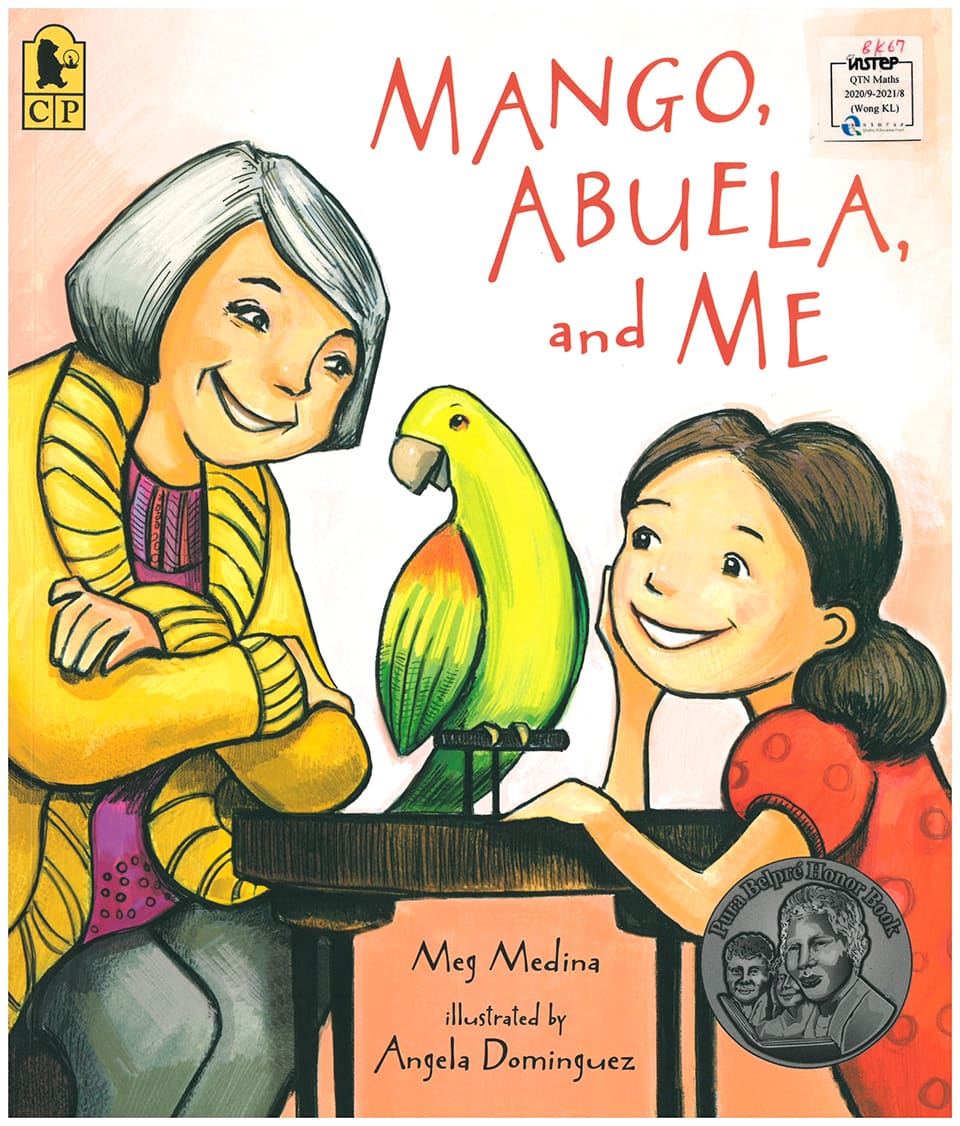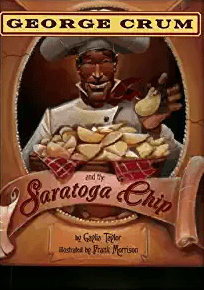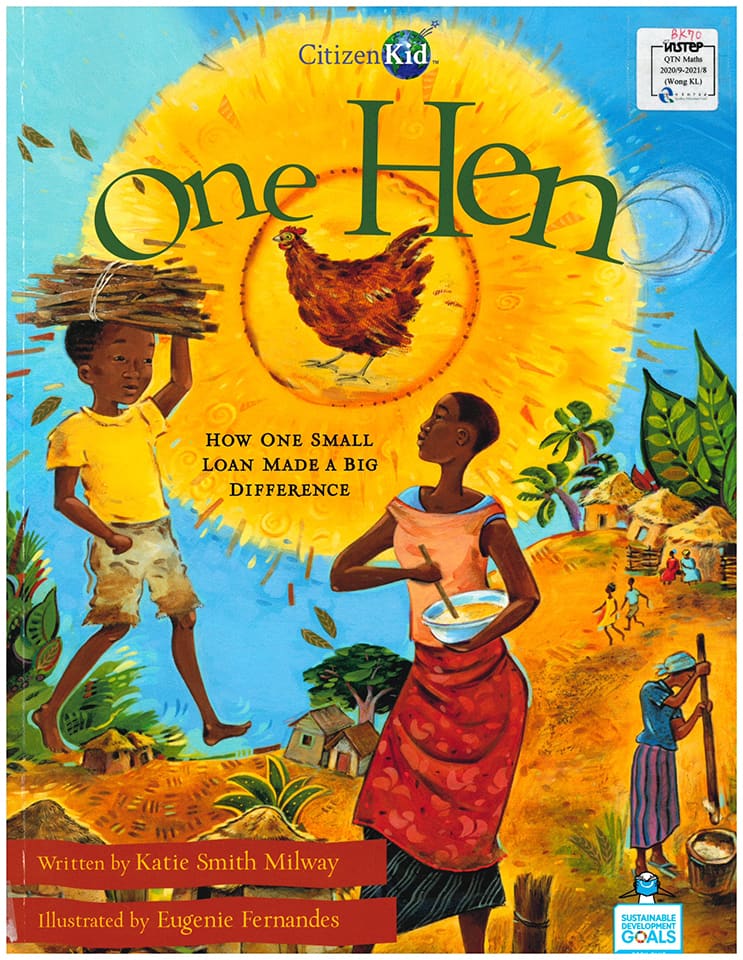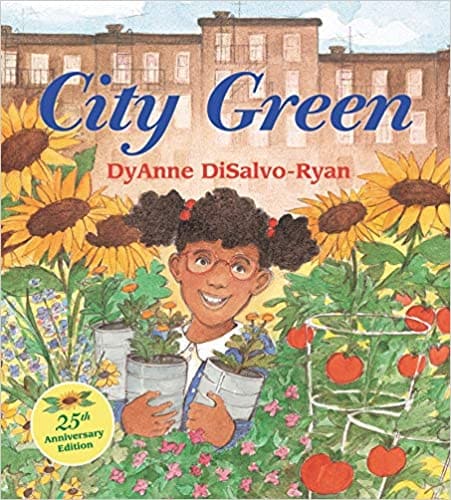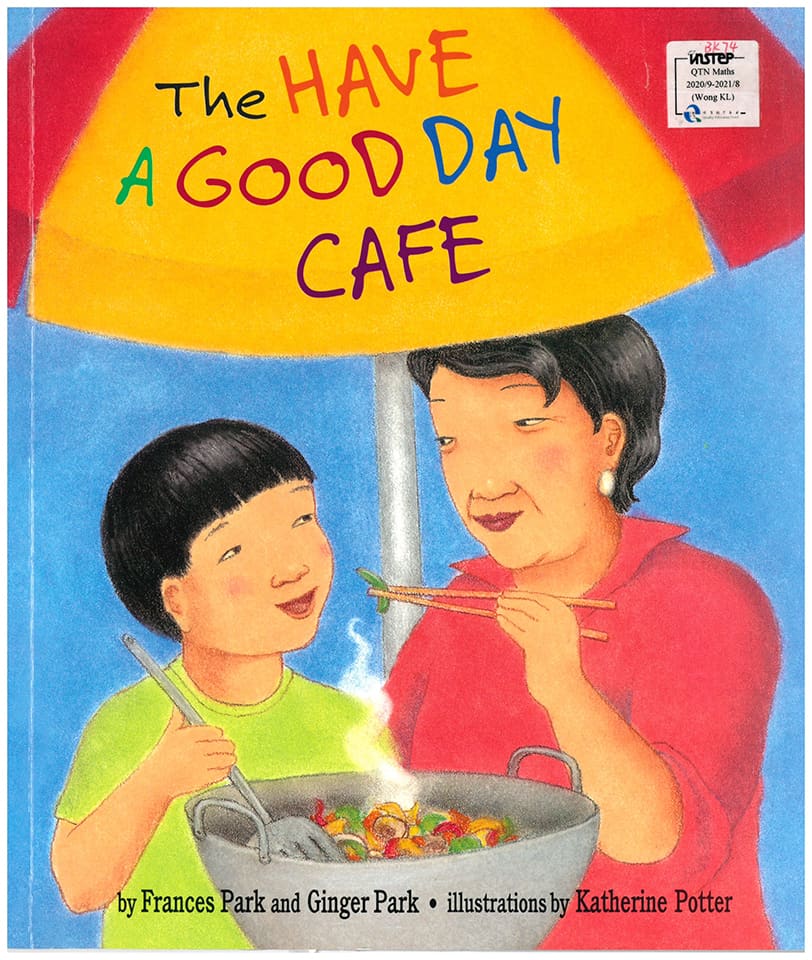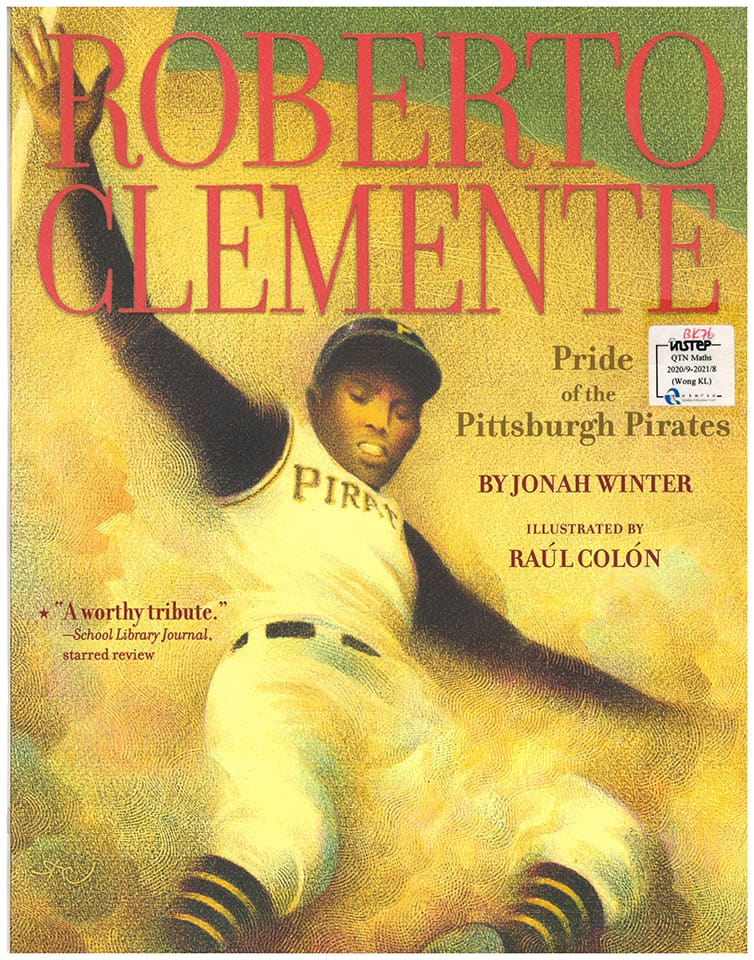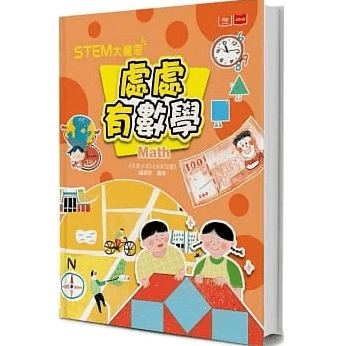Adapted from CRMT Unit Planning OR Lesson Observation & Analysis TOOL (Aguirre & del Rosario Zavala, 2013), the framework can be used to plan and analyse mathematics lessons in multiple ways to support the mathematical learning of culturally and linguistically diverse (CLD) students. It facilitates the analysis of the strengths, weaknesses or limitations of the mathematical activities or tasks; evidence of student learning; instructional strategies that elicit and support students’ thinking and dialogue, as well as students’ level of participation in mathematics lessons.
此框架改編自文化回應數學教學(CRMT)中的單元計劃(單元教學活動設計)或課堂觀察及分析工具(Aguirre & del Rosario Zavala, 2013),讓老師以多角度設計和分析數學課堂,支援具多元語言及文化背景的學生的數學學習。此框架有助分析數學學習活動或任務的優、劣、局限性;學生學習顯證;引出和輔助學生思考和對話的教學策略,以及學生在數學課上的參與度。
The lesson involves mathematical thinking that utilises multiple representations, and demands explanation or justification.
課堂包含高層次認知需求(具有多個切入點和解決方案或策略)的任務或活動,協助學生自行探索和分析數學概念和程序,發展學生的思維或推理策略。
課堂上,老師使用不同的呈現方式,要求學生解釋或證明,以培養學生的數學思維。
The lesson supports students’ mathematical understanding and makes their thinking or understanding visible and deep.
Teacher uses strategic questioning and references to students’ work, talk or behaviour that enable students to examine mathematical concepts and/or procedures to support thinking and to clarify sources of potential confusion or misunderstanding.
課堂讓學生持續關注某數學主題或單元;通過合理論證,理解問題的複雜性;並解釋他們是如何解題。
課堂協助學生理解數學,將他們的想法形象化,達致更深入的理解。
老師透過具策略性的提問和引用學生習作、談話或互動行為,協助學生自行檢視數學概念和/或程序,以輔助他們思考及澄清潛在的混淆或誤解之處。
- debate mathematics ideas or solution strategies;
- use mathematics terminology, develop explanations, arrive at conclusions;
- communicate reasoning, and make generalisations.
Students communicate their understanding in multiple ways, through multiple representations and resources.
課堂上,老師創造機會讓學生有意義和嚴謹地討論數學。方式如下:
- 辯論數學概念或解題策略;
- 使用數學詞彙,發展論證,得出結論;
- 交流推理過程,並嘗試歸納。
學生透過多種呈現方法及資源,以不同方式交流他們的理解。
Teacher uses second language strategies (e.g. revoicing, gesturing), multiple modes of discourse (e.g. informal language, academic language) and representations (e.g. pictures, objects, written and spoken words, symbols) in a variety of interactions.
課堂為中文或英文語言學習者提供學術語言支援。其側重點在於數學話語的發展和意思的形成,並不在於正確的「英文」或「中文」。
師生互動過程中,老師使用第二語言教學策略(例如:重新表達、手勢)、多種話語模式(例如:日常語言、學術語言)和多種呈現方式(例如:圖片、實物、文字和說話、符號)。
The lesson values student mathematical contributions and addresses status difference among students, all students can actively participate and involve in mathematical activity.
所有學生均重視或共享數學〔知識〕權威,而非只集中在少數學生之中。爲此,老師提供多種參與方式,提升學生的投入感和參與度。
課堂重視學生的數學貢獻,致力解決學生間的地位差異,令所有學生都能夠積極參與和投入數學活動。
課堂連結數學知識和文化或社區知識。學生要分析他們日常生活和社區中出現的數學,並觀察數學如何幫助他們理解社會環境。



